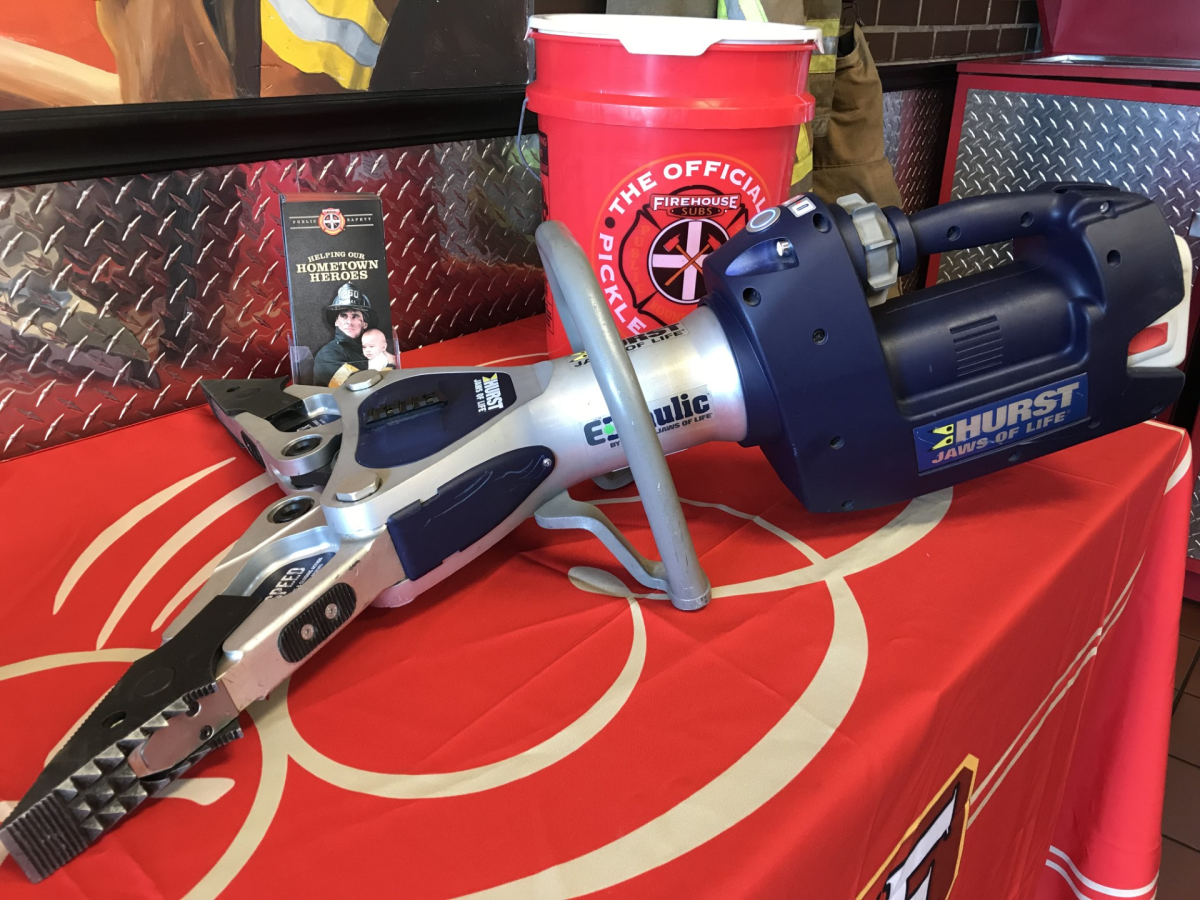
It was July when I disembarked from the small ship in Russian America. The year was 1947 and the land is now called Alaska, meaning “great land” in the language of the native Aleuts. This territory had been purchased from Russia in 1867 and remained a U.S. territory until January 3, 1959, when it was admitted to the union as the 49th state.
My mother, younger brother and I arrived in Seward, Alaska, after a passage of several days up the Inside Passage by ship from Seattle. It was not a huge cruise ship, but a small steamship that carried freight and some 200 passengers. I was 10 years old and my brother 8.
At that time, the Inside Passage was a hazardous journey. In February of the previous year, during a blinding snowstorm with strong winds, a ship had run aground. A few years later, in July 1952, a steamship collided with a Greek steamer, killing two of the steamer’s crew.
My brother and I had to use our imaginations on board since the ship, unlike modern day cruise ships, did not have an entertainment director to occupy the time.
One day of excitement was the evacuation practice. All passengers and crew had to put on a life preserver and go to different parts of the ship and stand by a lifeboat. This was to prepare everyone on board for an emergency.
Another day’s excitement was the sighting of whales. Passengers were summoned to the deck to view the large mammals, some as long as 115 feet.
On the top of their head is a blowhole. The whales were sighted by a crewman because they were expelling water from the blowhole, forcing a spout into the air. The sighting of the whales caused great excitement among the passengers, who had never seen such large mammals.
From Seward, we traveled by rail to our final destination, a coal mining camp called Suntrana. In 1947, the train was the principal mode of transportation in Alaska. Whistlestops were an everyday part of train life. The train would drop off homesteaders with their bags and boxes of groceries and supplies along the track. These homesteaders would then have to travel by horse or vehicle on a lonely dirt path to a remote home.
We left the train at Healy, a small community 78 miles southwest of Fairbanks. From there we travelled by “doodle buggy,” similar to an automobile van but with large, round metal rims that allowed it to travel on the rail tracks, to Suntrana. This was to remain my home for four years, until I graduated from grammar school.



























